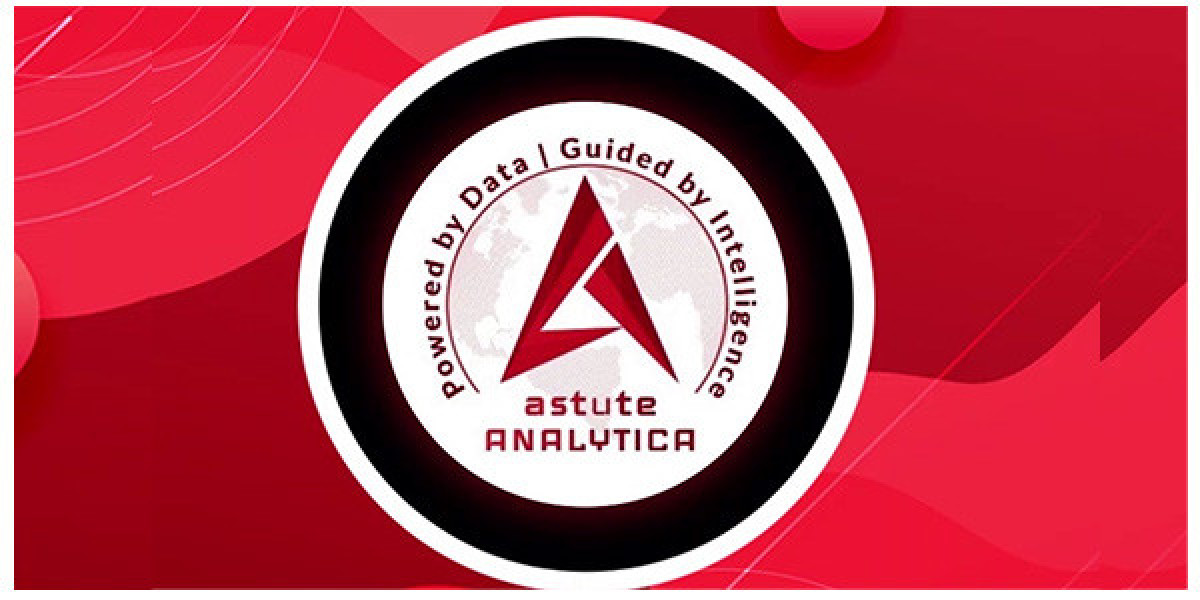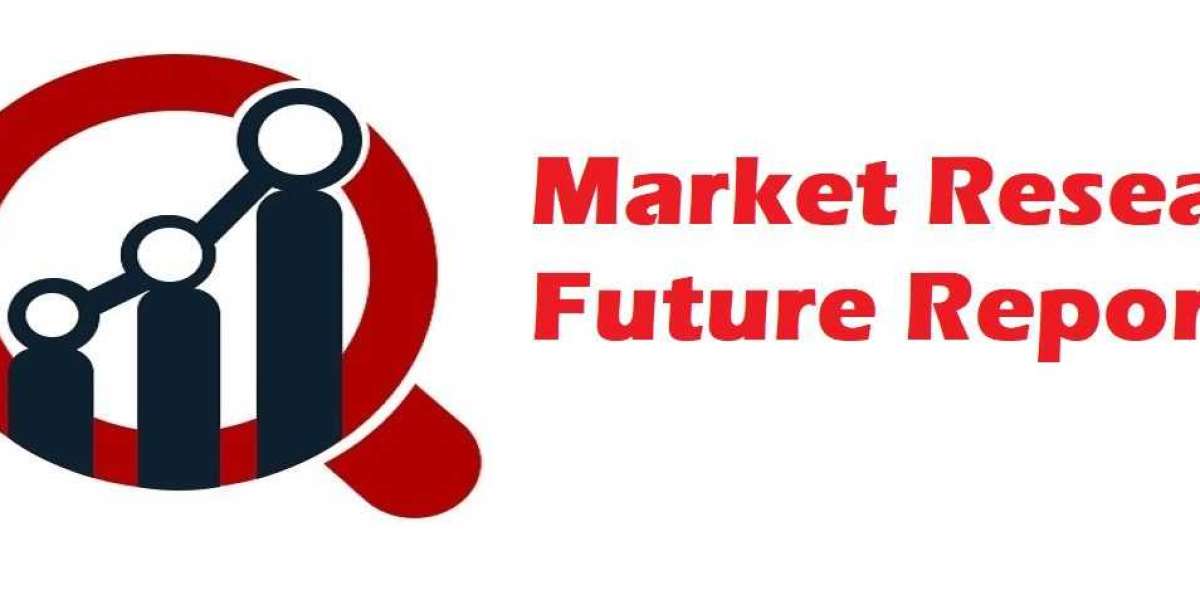In the realm of healthcare billing and revenue cycle management, accuracy is paramount. Charge entry accuracy measures serve as a vital component in ensuring the financial health of healthcare organizations. Let's delve into what these measures entail and why they are crucial for the efficient operation of healthcare facilities.
Introduction
Charge entry accuracy measures refer to the precision with which healthcare providers input charges for the services rendered to patients. In simpler terms, it involves accurately documenting the services provided, their corresponding codes, and ensuring that they are billed correctly to payers.
In today's complex healthcare landscape, where reimbursements are tied to the accuracy of billing, ensuring precise charge entry is non-negotiable. Even minor errors in charge entry can lead to claim denials, delayed payments, and revenue loss for healthcare providers.
Key Metrics for Charge Entry Accuracy
Claim Rejection Rate
Claim rejection rate measures the percentage of claims that are rejected by payers due to errors or discrepancies in charge entry. A high claim rejection rate indicates inefficiencies in the billing process, leading to delayed payments and increased administrative burden.
Denial Rate
Denial rate reflects the percentage of claims that are denied by payers upon initial submission. Denials can occur due to various reasons, including incomplete documentation, coding errors, or lack of medical necessity. Monitoring denial rates helps identify underlying issues in charge entry and billing practices.
Clean Claim Rate
Clean claim rate represents the proportion of claims that are processed and paid by payers without any rejections or denials. A high clean claim rate signifies effective charge entry practices, streamlined workflows, and minimal errors in billing.
Days in Accounts Receivable (AR)
Days in AR measures the average number of days it takes for healthcare providers to collect payments from payers after submitting claims. Efficient charge entry processes can help reduce days in AR, ensuring timely revenue generation and improved cash flow.
Factors Affecting Charge Entry Accuracy
Several factors can influence the accuracy of charge entry in healthcare settings:
Human Error
Manual charge entry is susceptible to human error, including typos, misinterpretation of documentation, and data entry mistakes. Even experienced billing staff can make errors, highlighting the need for stringent quality control measures.
Inadequate Training
Insufficient training of billing staff on charge entry processes, coding guidelines, and billing regulations can contribute to inaccuracies in charge capture. Ongoing education and training programs are essential to keep billing staff updated on industry best practices.
Complex Billing Systems
Complexity in billing systems and software interfaces can hinder charge entry accuracy. User-friendly systems with intuitive interfaces and built-in validation checks can help mitigate errors and streamline the billing process.
Lack of Documentation
Incomplete or inadequate documentation of patient encounters, procedures performed, and diagnoses can lead to errors in charge entry. Effective communication between clinical and billing staff is crucial to ensure accurate documentation and billing.
Strategies to Improve Charge Entry Accuracy
To enhance charge entry accuracy, healthcare organizations can implement the following strategies:
Staff Training and Education
Investing in comprehensive training programs for billing staff to enhance their knowledge of charge entry processes, coding guidelines, and regulatory requirements.
Implementation of Automated Systems
Utilizing automated billing software with built-in validation checks and error alerts to minimize manual errors and streamline charge entry workflows.
Regular Audits and Reviews
Conducting regular audits of charge entry processes and claims to identify errors, patterns of inaccuracies, and areas for improvement. Addressing issues promptly can prevent revenue leakage and billing discrepancies.
Clear Communication Channels
Establishing clear communication channels between clinical and billing departments to ensure accurate documentation of services rendered and proper coding of procedures.
Benefits of Improving Charge Entry Accuracy
Improving charge entry accuracy yields several benefits for healthcare providers:
- Increased Revenue: Accurate charge entry results in faster claim processing and higher reimbursement rates, leading to improved financial performance.
- Enhanced Patient Satisfaction: Timely and accurate billing practices contribute to a positive patient experience, fostering trust and loyalty.
- Reduced Billing Errors: Minimizing billing errors reduces the likelihood of claim denials and rework, saving time and resources for healthcare organizations.
- Compliance with Regulations: Adhering to billing regulations and coding guidelines ensures compliance with healthcare laws and regulations, mitigating the risk of audits and penalties.
Conclusion
Charge entry accuracy measures play a pivotal role in the financial stability and operational efficiency of healthcare organizations. By implementing strategies to enhance charge entry accuracy, healthcare providers can optimize revenue, improve patient satisfaction, and ensure compliance with regulatory requirements.
FAQs
- What is charge entry accuracy? Charge entry accuracy refers to the precision with which healthcare providers input charges for services rendered to patients, ensuring they are billed correctly to payers.
- Why is charge entry accuracy important in healthcare? Accurate charge entry is essential for timely reimbursement, revenue optimization, and compliance with billing regulations in healthcare settings.
- How can healthcare providers measure charge entry accuracy? Healthcare providers can measure charge entry accuracy by monitoring key metrics such as claim rejection rate, denial rate, clean claim rate, and days in accounts receivable (AR).
- What are some common challenges in maintaining charge entry accuracy? Common challenges include human error, inadequate training, complex billing systems, and lack of documentation in healthcare settings.
- What are the consequences of inaccurate charge entry in healthcare? Inaccurate charge entry can lead to claim denials, delayed payments, revenue loss, billing errors, and non-compliance with regulatory requirements.


